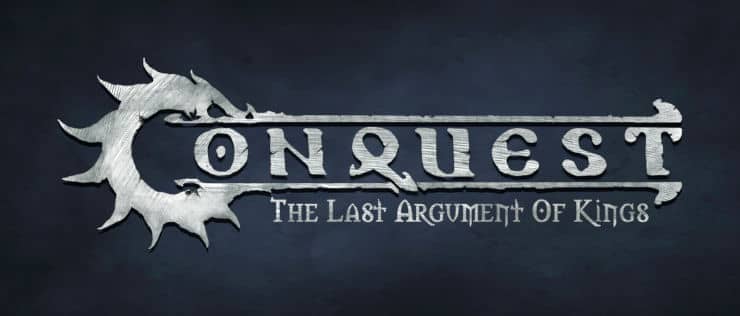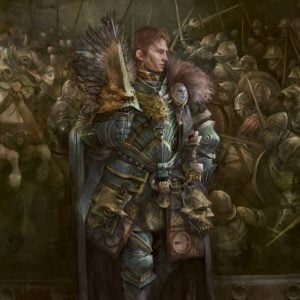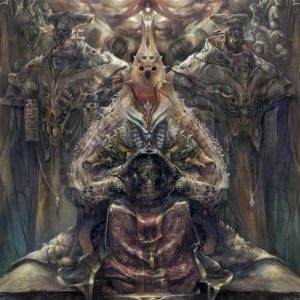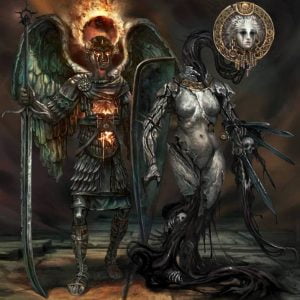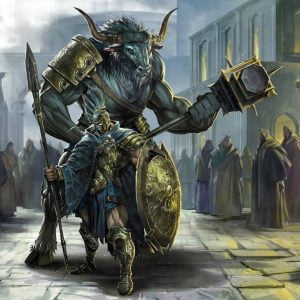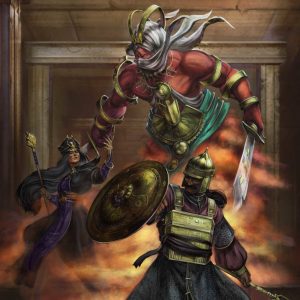At the height of the Tellian Empire there were six legions that answered only to the Imperial Throne. Of these, only two survived the collapse of the Empire in any recognizable form: the Gilded Legion and the Steel Legion. The others ceased to exist as independent units this, however, did not mean that they disappeared entirely, that their influence is not still felt today or that their fate has not inspired, for better or worse, throughout the years.
The Adamantine Legion was the Imperial bodyguard, its legionnaires considered the Emperor’s Own. With members handpicked for their skill, discipline and loyalty, majestically armored in full plate with covered faces, filigreed and gilded in adamant, they accompanied the Emperor and the Imperial Family everywhere. Their traditional weapon was a ceremonial great sword, although they were required to master smaller blades as well. The assassination of the Emperor was the deathblow to this legendary bodyguard, in both bodies and spirit. Over half of the, already undersized at the time, legion fell during the attack itself. The remainders, often the unlanded sons of powerful nobility, were recalled by their families during the frenzied political maneuvering that followed the collapse of the Empire and the establishment of the Conclave. Be it by shame or fear, few refused and the order for the Legion to disband that followed was a mere formality. To their credit, all returned their gear, shy shadows that visited the armory under cover of night; once the pride of the Empire, the Adamantine Legion had been shrouded in shame. What is left today of this legendary bodyguard is a lingering sense of regret and failure that accompanies one as one walks through the fantastically armored mannequins of the Imperial armories.
While it was the first Legion to be officially disbanded, the Legion of Smoke is the one most remembered. The decree to disband became known as De Clementia, referring to the Legion’s nickname of “the Emperor’s Clemency”, for any convict could request to be transferred to the Legion for ten years instead of serving their sentence for any crime short of treason. The more cynical would attribute a different meaning to the name. This was the dark hand of the Emperor, black souled villains who the Empire marked, used and discarded, deployed against those the Emperor did not want simply defeated; he wanted them destroyed. Despite the origin of its men, discipline within the ranks was legendary as were the punishments for misconducts and desertion. It is worth noting that dedicated historians have found some inconsistencies that simply do not fit the popular narrative. If the Legion was so dreadful and the criminals who populated it such villains, how was it such a fearsome force? Why are there so few actual records of deserters or their bounties? Why are there no records of retirement or no decommissioned equipment stored? More importantly, what happened to the marked legionnaires after the legion was dissolved? Shouldn’t the release of thousands of hardened, trained murderers have made a mark even in the chaos that followed the assassination of the Emperor?

